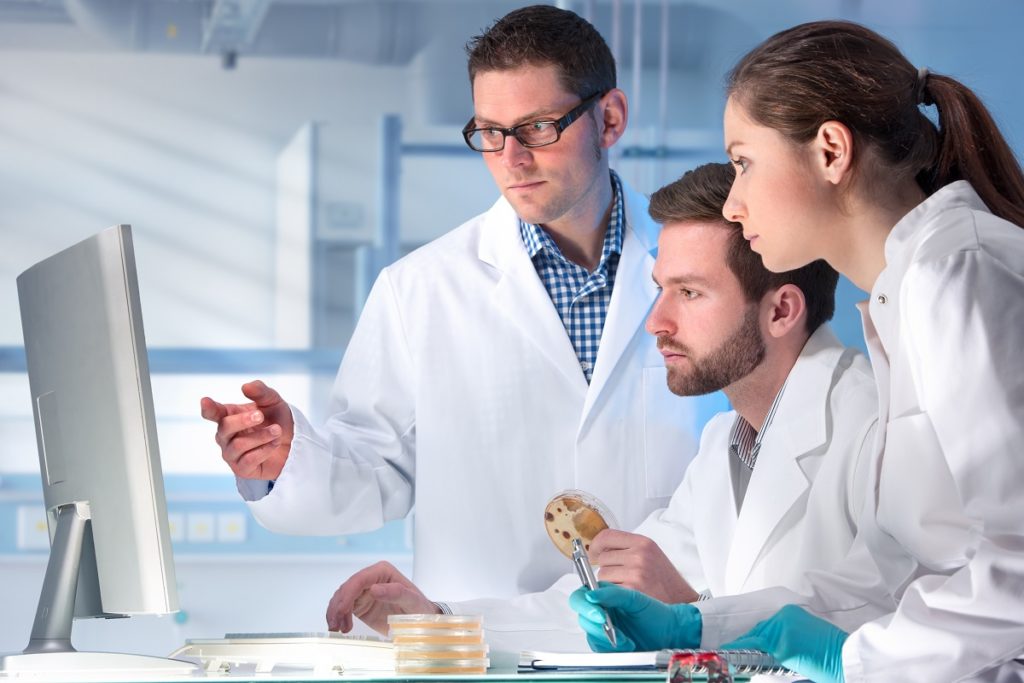Labs are no longer confined to centers commissioned to conduct different studies and industries. They also make an essential part of learning institutions catering to different ages. These labs have been known to spark an interest in students on how things work and make learning fun. No laboratory will be complete without a few essential pieces of equipment. The most common include beakers, flasks, pipettes, measuring jars, test tubes, equipment holders, trays, and vials.
People assume that suppliers of laboratory equipment only have stock made of glass. Nowadays, however, there is also plastic lab equipment. This is made of a non-cytotoxic resin that will not interact with biological life forms and affect the accuracy of your results. The plastic used is also non-leachable, and its constituents will remain unaffected by the agents for your experiment. Plastic lab equipment has revolutionized labs for kids since they are lightweight and non-breakable, thus minimizing the risks of accidents.
Even so, not all plastics will suffice for lab use. Here are the types of plastic commonly used in lab equipment manufacturing:
Polyethylene
This is the most prevalent material for lab equipment. It generally comes in thin sheets that are easy to fabricate and make labware with elaborate details and shapes. Polyethylene is often used to make equipment that will hold solid sample powders like measuring jars and bottles. HDPE is a polyethylene variant that has a high resistance to impact, acids, alkalis, oils, ketones, and hydrocarbons. It can withstand temperatures of 120 degrees centigrade at most but should not be autoclaved.
LDPE can only withstand temperatures of 80 degrees centigrade at most. It can be attacked by halogenated hydrocarbons, mineral oils, aromatics, and oxidizing agents. Labware made of LDPE is thus often used for diluted alcohols and acids. Lab trays, dispending bottles, and tube caps are usually made of LDPE.

Polymethylpentene
This plastic has a high impact and temperature resistance and is rigid. It can be autoclaved and thus suffices for volumetric flasks, measuring cylinders, optical windows, and beakers. Polymethylpentene also resists the effects of acids, alkalis, mineral oils, aldehydes, and alcohols through long term exposure to ketones and oxidizing agents might deform it.
Polystyrene
This has good strength and rigidity and is exceptionally transparent. Its use is, however, limited to experiments with temperatures below 70 degrees centigrade. Polystyrene will, therefore, be usually used for test tubes, serological pipettes, tube racks, and centrifuge tubes. Though compatible with weak acids and bases and aqueous solutions, it gets denatured by halogenated and aromatic solvents.
Polypropylene
This is a translucent material with exceptional strength. It can withstand temperatures of no more than 135 degrees centigrade and is hence autoclavable. Polypropylene is compatible with bases, acids ketones, and aldehydes. It is often used to make jars and trays that need frequent sterilization.
With the above material options, you can now cut back on the costs of equipping your lab since plastic is far cheaper compared to glass. But before using your plastic labware, you should inspect them. Any equipment with cracks and discoloration that cannot be washed off should be replaced.

